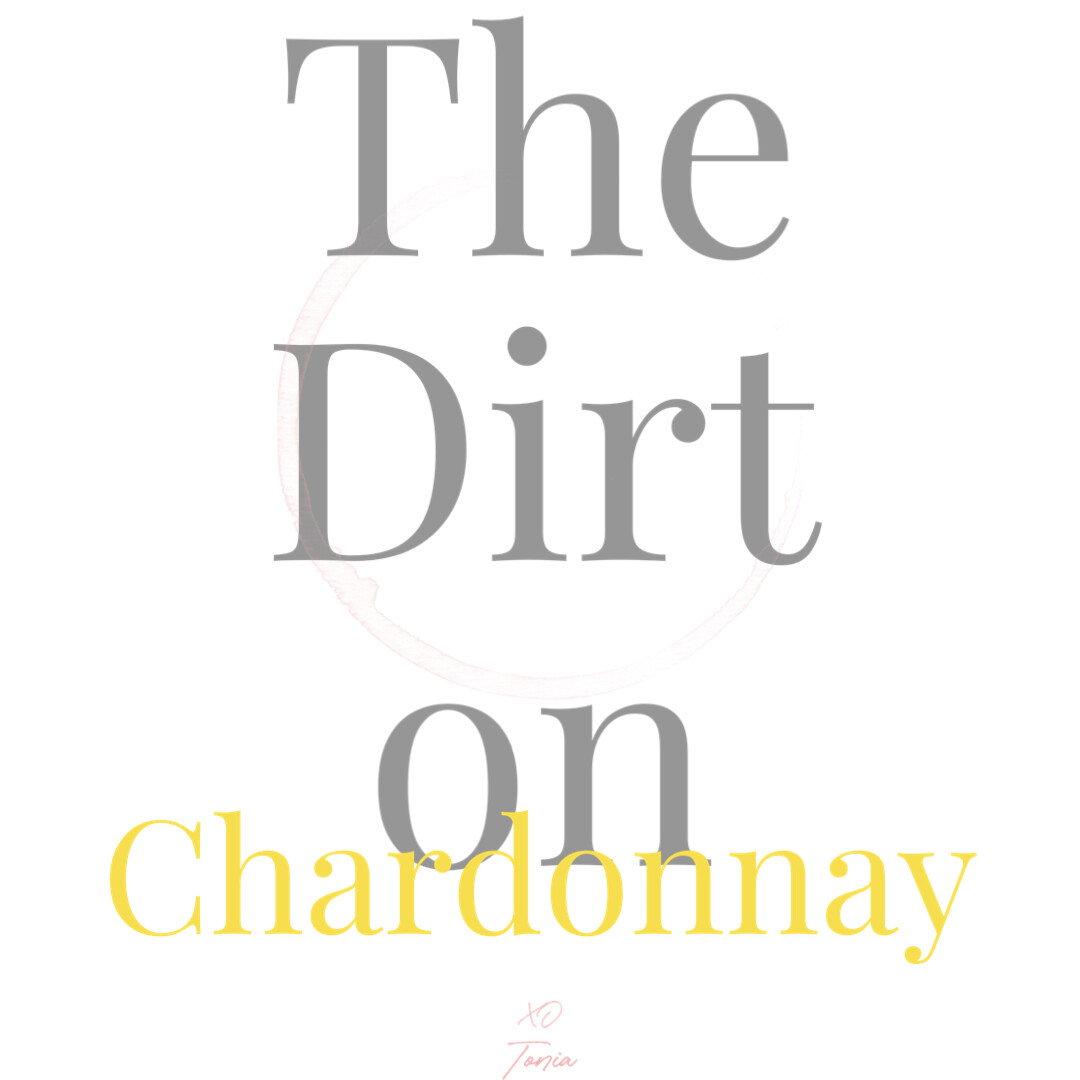
Chardonnay is one of those grape varietals that is just so substantial as far as its importance in the world of wine. Have you ever heard the term noble wine? There are six varietals that share this distinction and Chardonnay happens to be one of them. With great reason.

It is one-third of the grapes Champagne is made of. How noble, indeed. And delicious. Champagne fans? Me, too. Chardonnay, Pinot Noir and Pinot Meunier make up the infamous sparkling wines from Champagne, France!
Besides Champagne, Chardonnay grows exceptionally well in many regions across France but also the globe. In last week’s High Five Wine Academy where we scored Pinot Noir we also mentioned that wherever Pinot Noir grows you can be sure Chardonnay does as well - Pinot Noir being one of the other 6 Noble wines. That doesn’t always mean the opposite, though. Chardonnay certainly is not as finicky a grape as Pinot Noir, but boy do they make a great pair.
 So let’s talk to the doubters and the haters for a minute because we know you’re out there. It can be pretty unfortunate when someone tastes a single wine and decides Chardonnay isn’t for them. There are dozens of tasting notes and many different styles in which a winemaker can make these wines. Let me show you a short list of some aromas and tastes we might find in Chardonnays from all over the world:
So let’s talk to the doubters and the haters for a minute because we know you’re out there. It can be pretty unfortunate when someone tastes a single wine and decides Chardonnay isn’t for them. There are dozens of tasting notes and many different styles in which a winemaker can make these wines. Let me show you a short list of some aromas and tastes we might find in Chardonnays from all over the world: - Hazelnut
- Almond
- Toast
- Chalk
- Lime
- Toffee
- Pear
- Guava
- Apple
- Lemon Peel
- Peach
- Nectarine
- Butter
- Vanilla
- Pineapple
- Butterscotch
- Melon
- Apricot
- Banana
- Minerality
- Custard
- Crème Brûlée
- Creamy Cheese (think Brie)
- Mango
- Papaya
- Coconut
Just to name a few….
Not all of those tasting notes will be the bee's knees for everyone but there are some unreal flavours listed there that could make me weak in the knees. BUTERSCOTCH?! Umm, yes, please. Are any jumping out at you? Wouldn’t you love a glass of wine that tasted like toffee, pineapple and coconut? What about a crisp apple, lemon peel and nectarine? Mmmm. Are you ready to explore where in the world we might want to look based on flavour profiles?
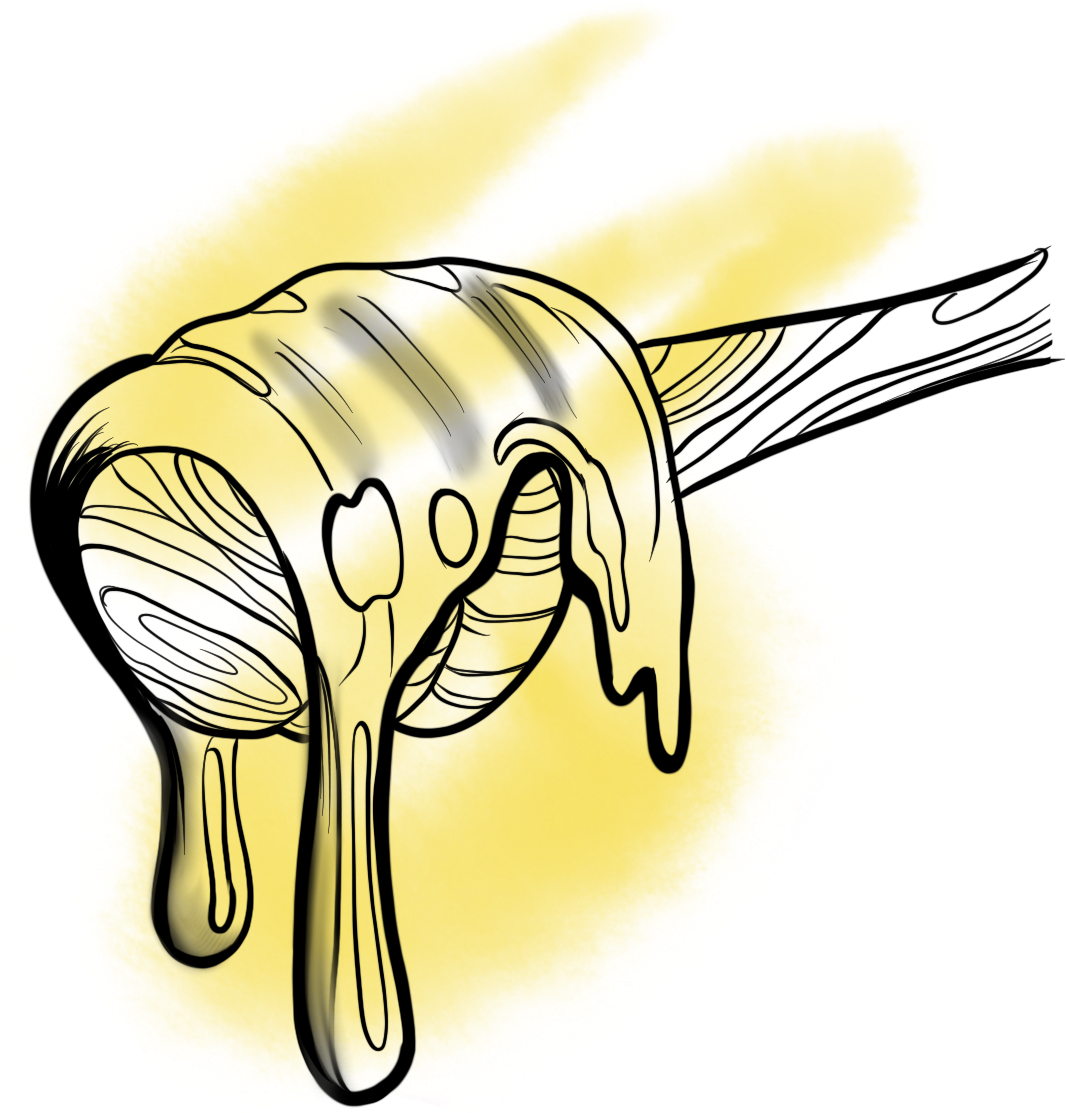 First, if you didn’t catch our High Five Wine Academy Chardonnay Scoring, click on that link there and watch the replay.
First, if you didn’t catch our High Five Wine Academy Chardonnay Scoring, click on that link there and watch the replay.Second, let’s take a look at some of the regions we can expect to find such a chameleon of a grape varietal.
Chablis (sha-blee)
One of my personal favourites. Chablis tends to be crisp and light with notes of citrus and pear, which truly isn’t always my favourite expression of Chardonnay but France always seems to know what they’re doing. Acidity is in check, fruitiness is lush, minerality is present and there is a slight creaminess that for me is just so appealing and delicious. Chablis is not where you will find those oaky Chardonnays, so if that is a turn-off to you then Chablis might just be the right place to search for your match.

Maconnais (Mack-oh-Nay)
- One of five wine sub-regions in Burgundy, second in Chardonnay volume only to Chablis
- This area produces dry Chardonnay wines
- Appellations
- Macon:
- AOC
- Full and smooth Chardonnays
- Fresh & luscious fruit notes
- Macon-Villages
- Dry Chardonnays
- Great acidity
- Smooth fruit notes
- More sought after than Macon Chardonnays
- Puoilly-Fuisse
- Most distinguished subregion
- The only appellation to possess Grand Cru vineyards
- Full-bodied
- Elegant
- Opulent textures
- Natural richness
- Oak influence
- Pouilly-Vinzelles
- Dedicated to Chardonnay wines
- Bold minerality
- Great terroir representation in wines from this region
- Powerful
- Aromatic
- Refined
- Fresh opulence
- Pouilly-Loche
- Dry
- Opulent
- Silky
- Minerality
- Balanced structure
- Lingering flavours
- Saint-Veran
- Minerality (gun-flint)
- Orange peel
- Citrus
- Green Apple
- Pear
- Vire-Clesse
- Honecysuckle
- Lemon
- Peach
- Mint
Montrachet
This region is known as one of the best in the world (if not THE best) for Chardonnay and it’s also been known for bottles to sell for thousands of dollars. Crazy, right?
Wines here are rich and full-bodied with almond, honey, and a touch of minerality.
If you see any of these above regions listed on a wine bottle from France, you know these are Chardonnay.
California, USA
Here is where you are going to find those huge, buttery and rich styles of Chardonnay. That doesn’t mean they’ll all be made in this style but the region is certainly known for it. Think butter, toast, coconut, vanilla, and those types of tasting notes based on oak aging. Fruit you might be looking for could be tropical flavours and also some orchard fruits snuck in there, too.

Chile
Melon, banana, citrus, pineapple, herbs. You’re looking for a mix between cool and warm climate tasting notes. This would be a really fun place to start if you’re just getting to know Chardonnay. You could score a few wines using the High Five Wine Scoring System to decide which flavours you liked and then could hit the pavement and seek out either more of the cooler or warmer climate Chardonnays once you know what you prefer. See? Fun!
Your rule of thumb with most wines is that the cooler climate areas will produce wines on the leaner side of flavour, aroma and structural profiles while warmer climates will provide rich, bold and more ripened flavours with medium to full-bodied structural elements.

Cool climates are places like:
France
Canada
Chile
Germany
Austria
Northern Italy
Sonoma in California
Oregon
New Zealand
Tasmania, Australia
Think of aromas and tasting notes for cool climate areas as less ripe:
Lime
Minerality
Chalk
Green Apple
Pear
Warm climate places are:
Spain
Southern Italy
California
South Australia
South Africa
Think of aromas and tasting notes for warm climate as more ripe:
Pineapple
Mango
Peach
Banana
Guava
Papaya
Happy Scoring, High Fivers!
xo
Tonia


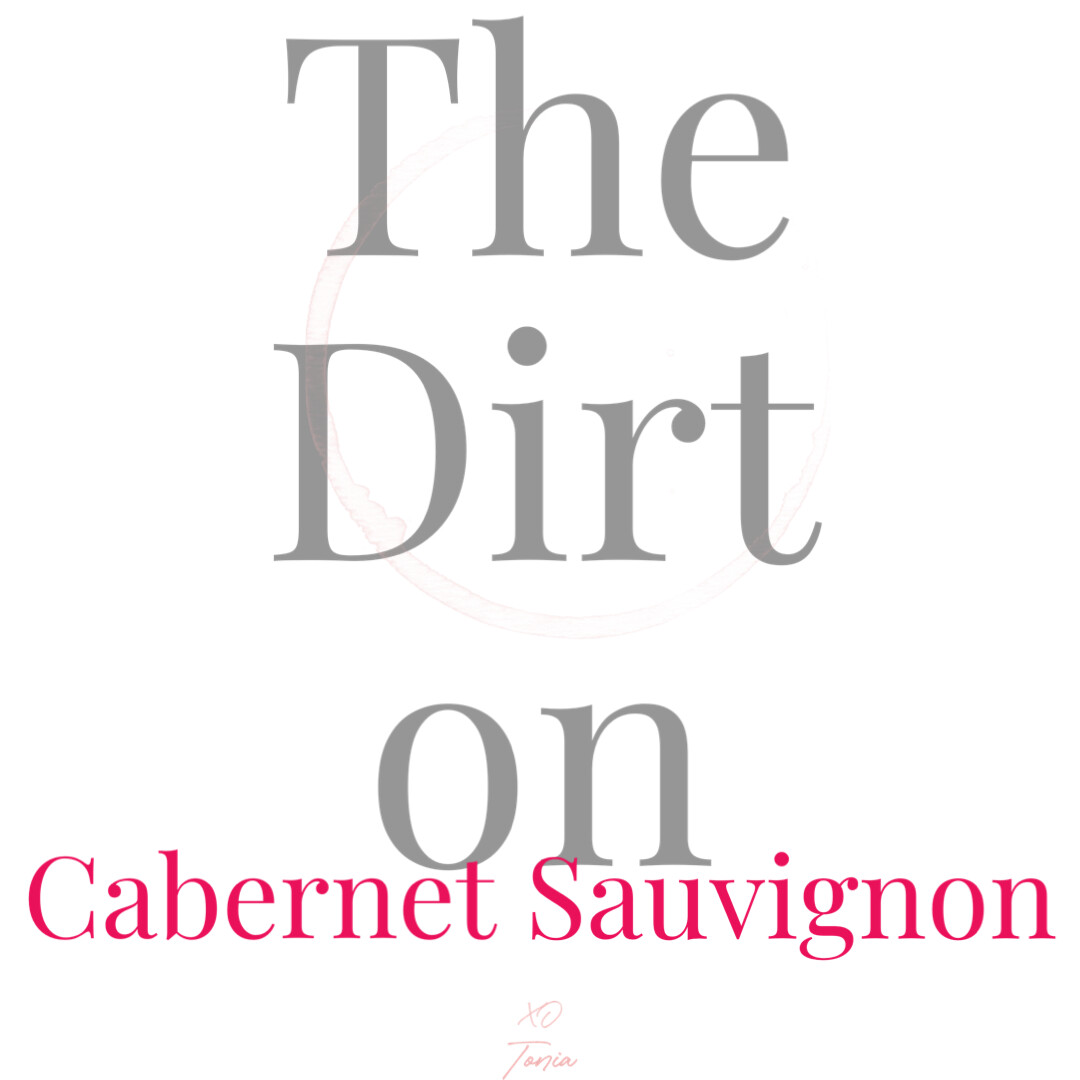
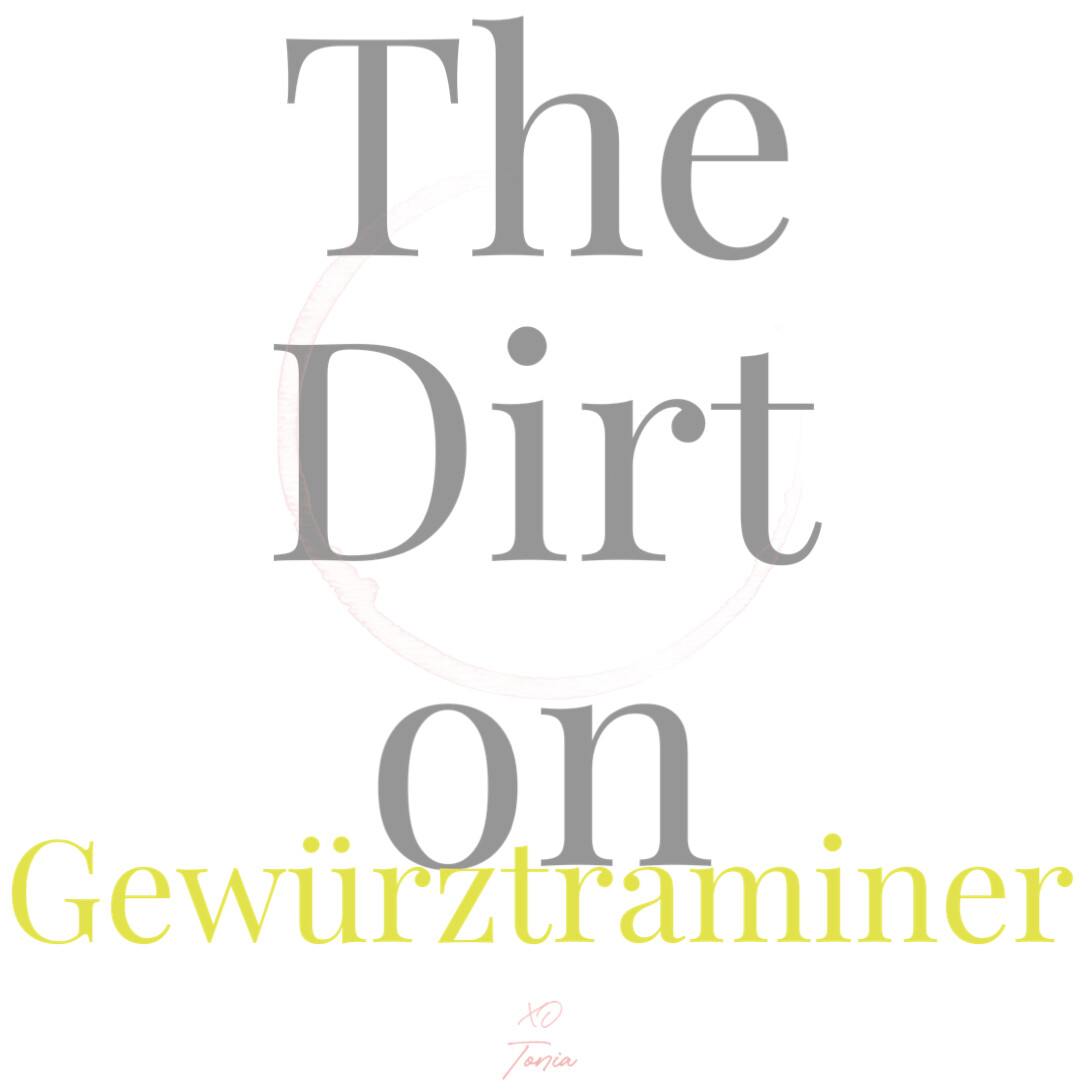



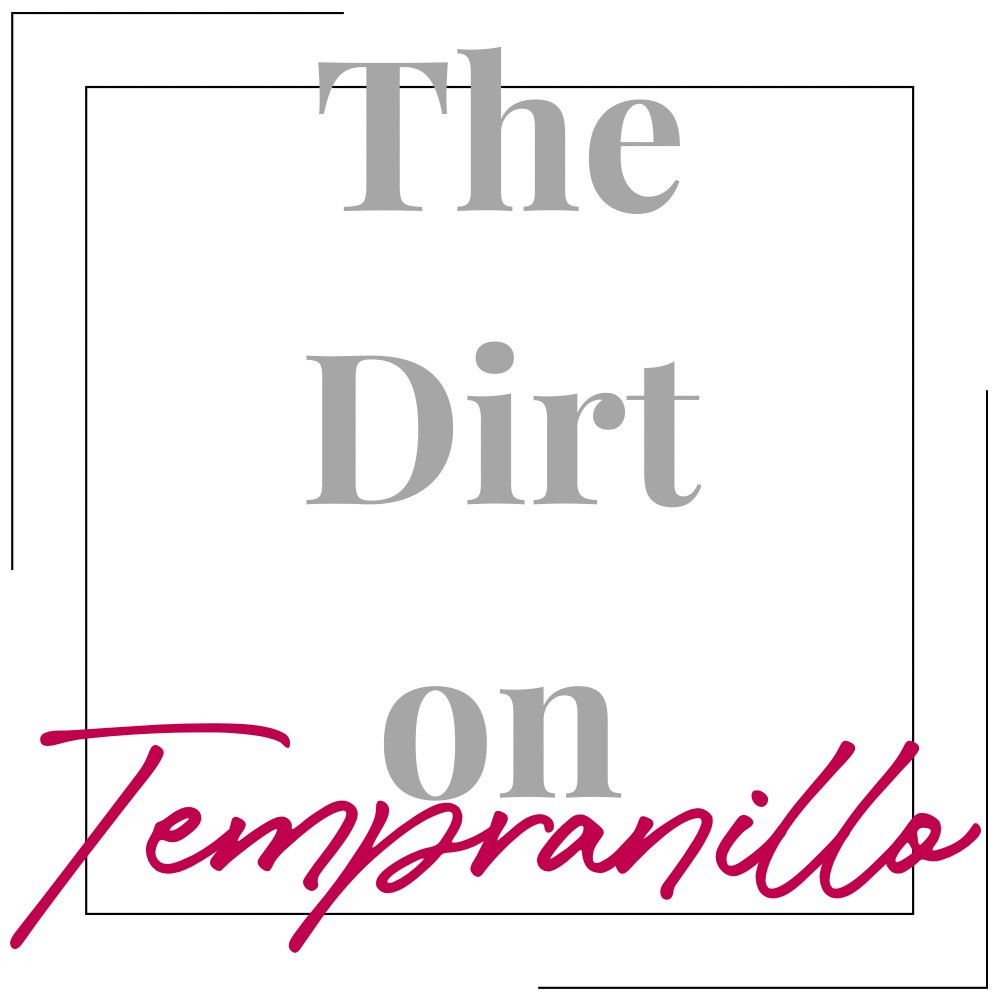
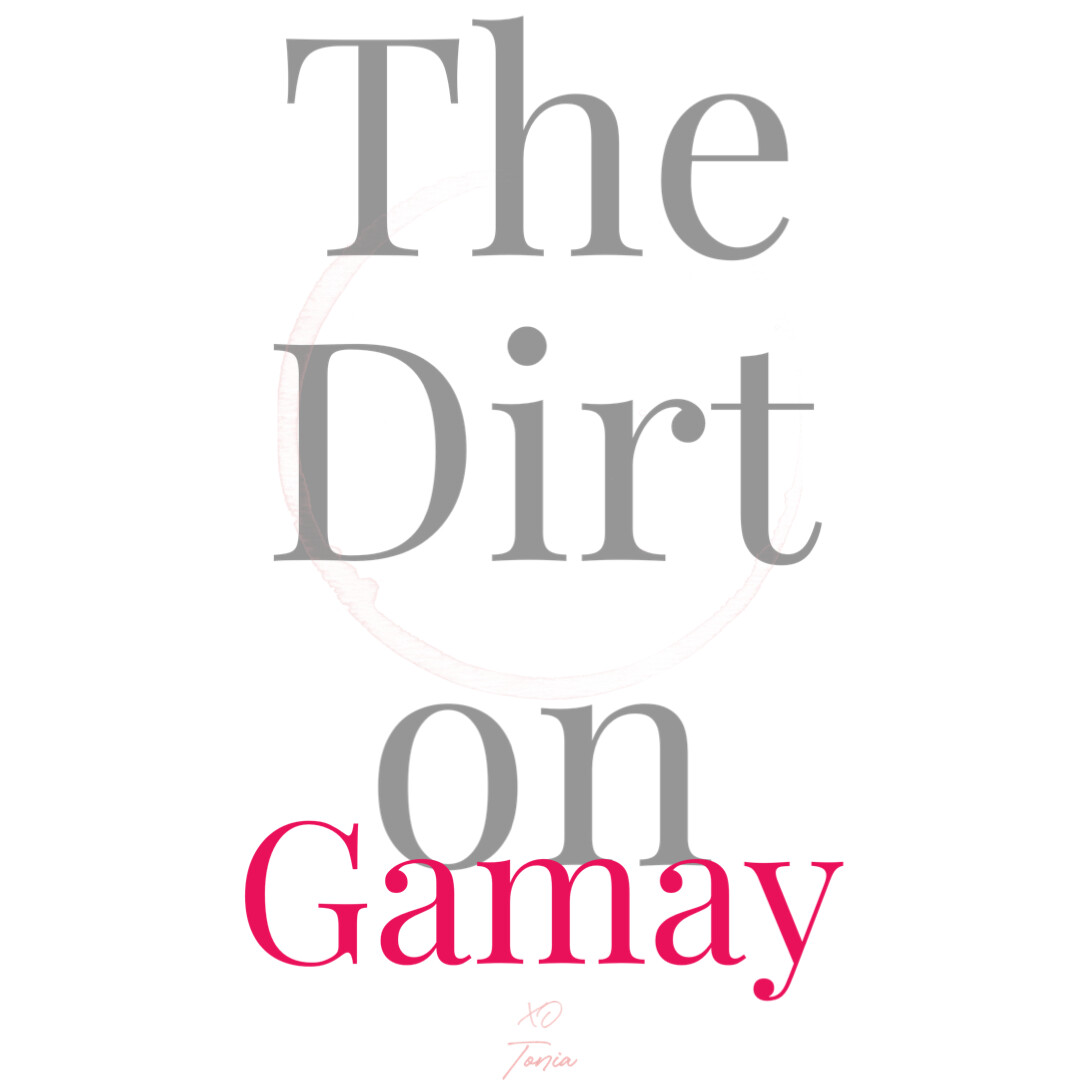
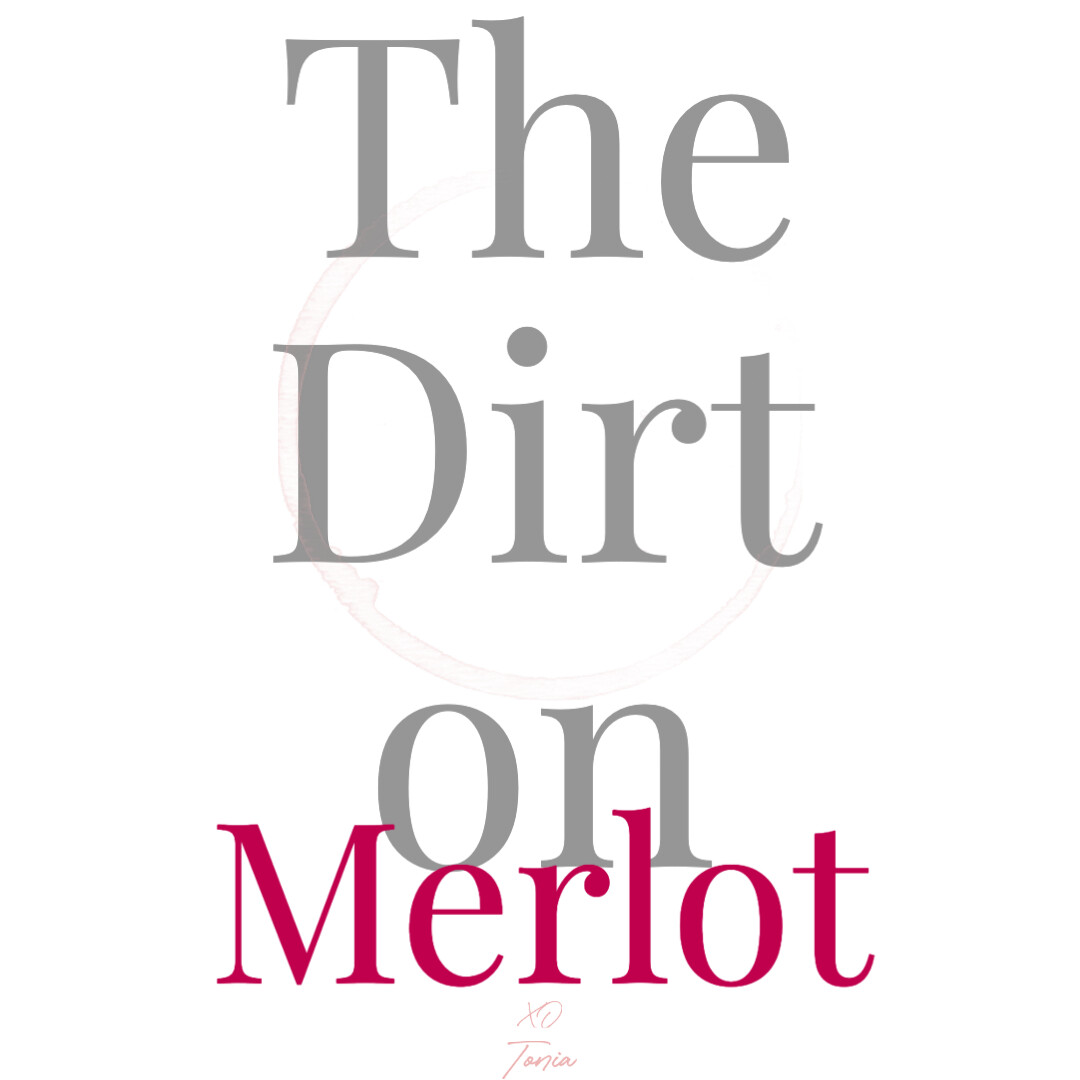
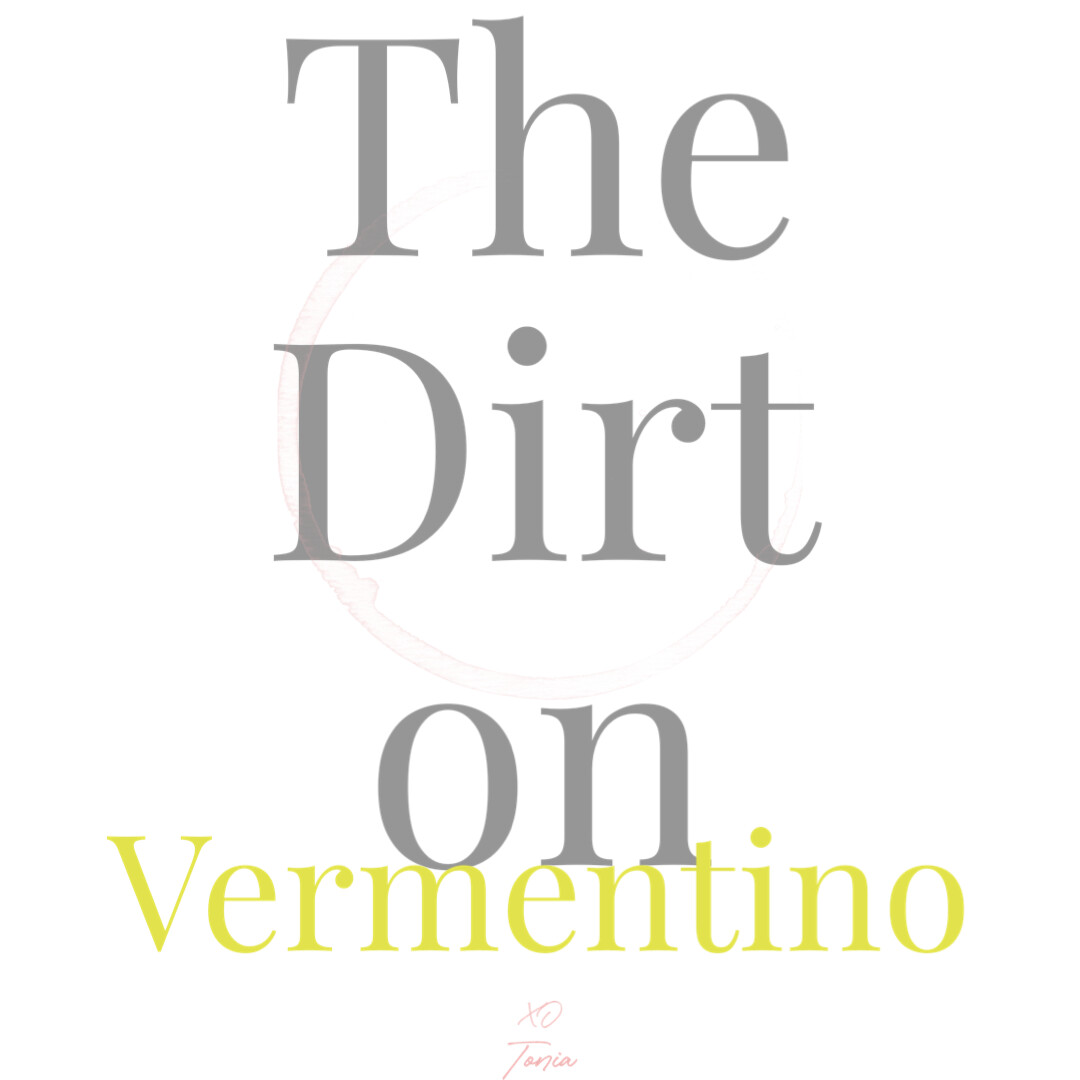
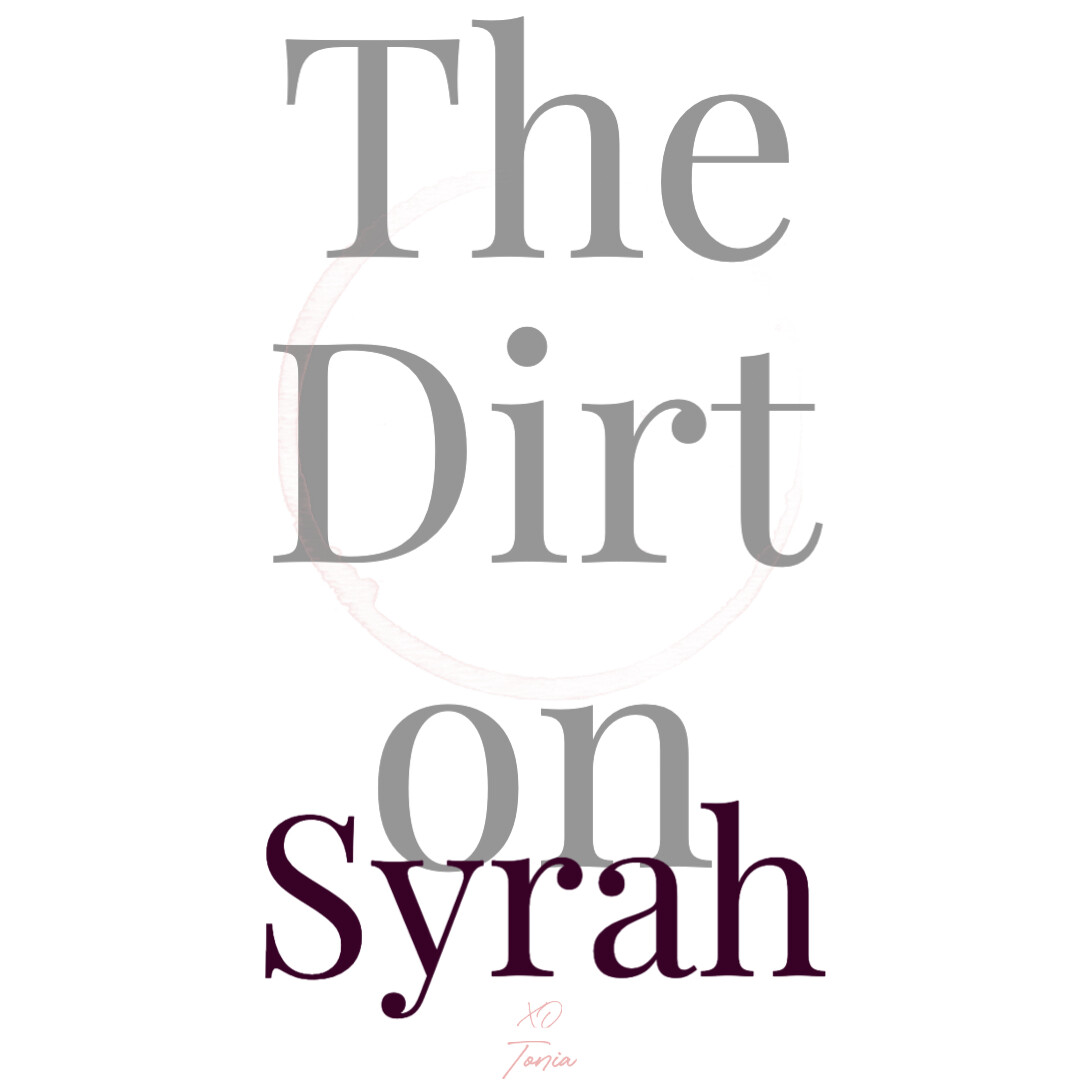


0 Comments